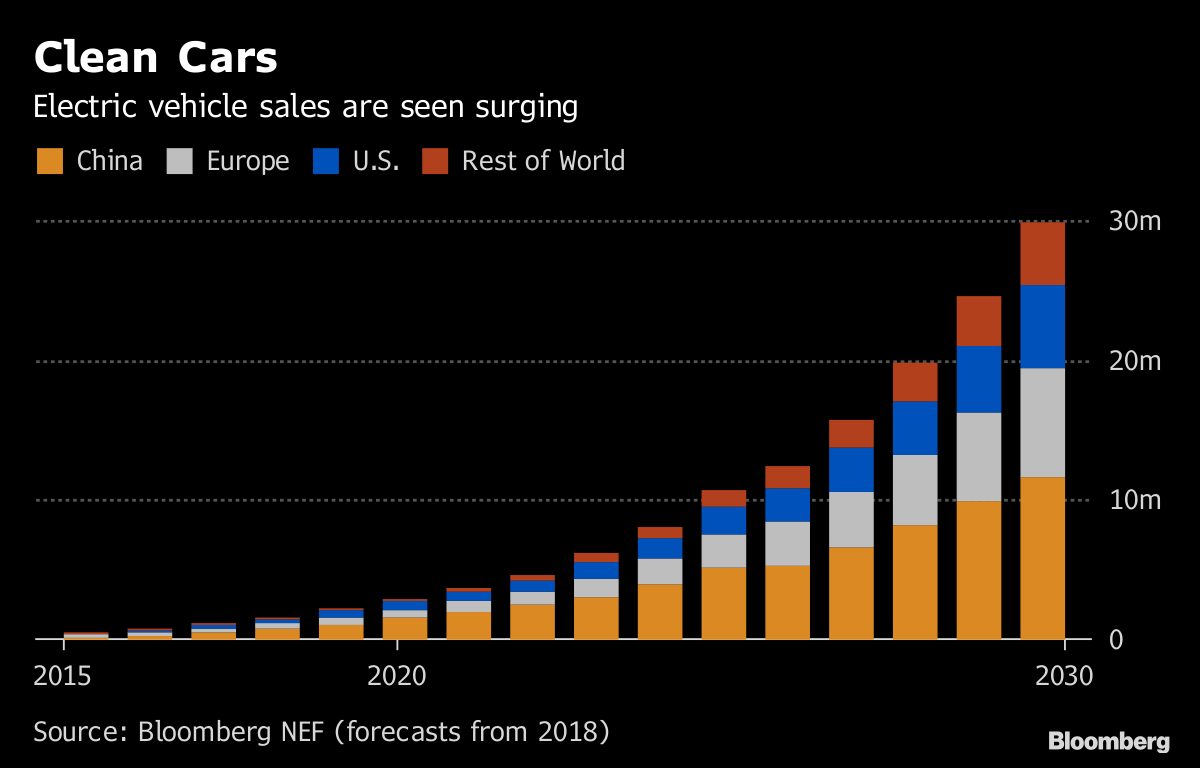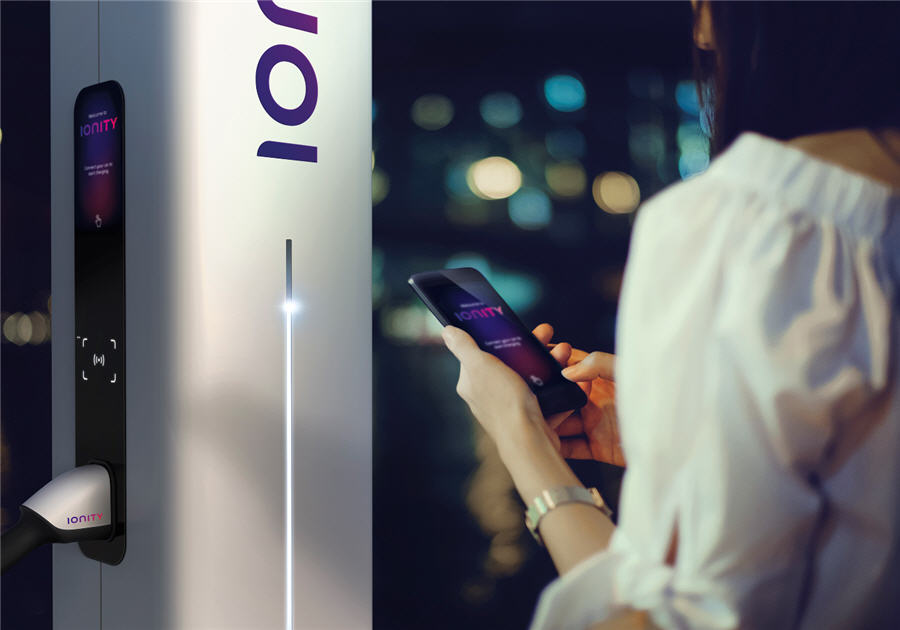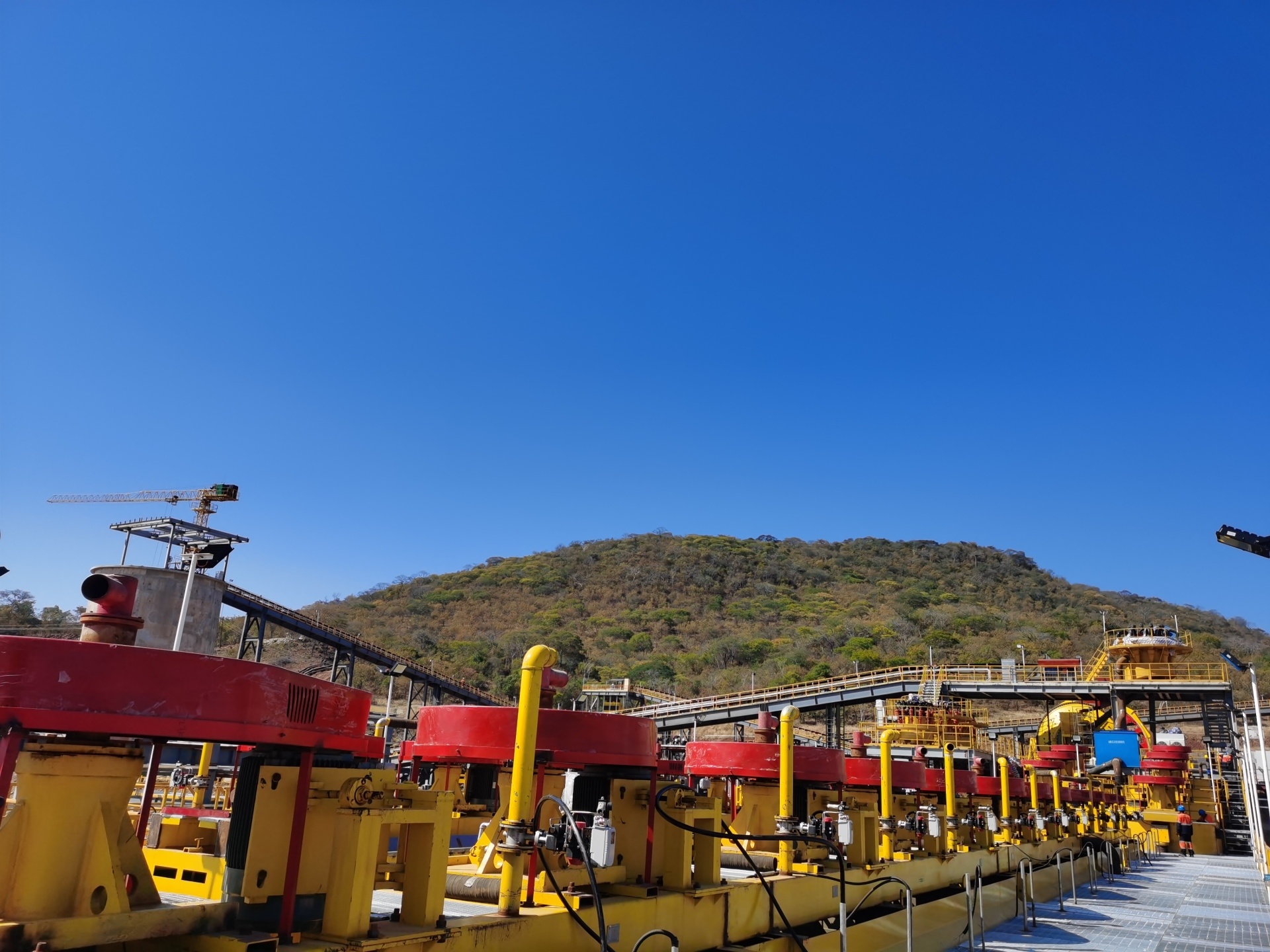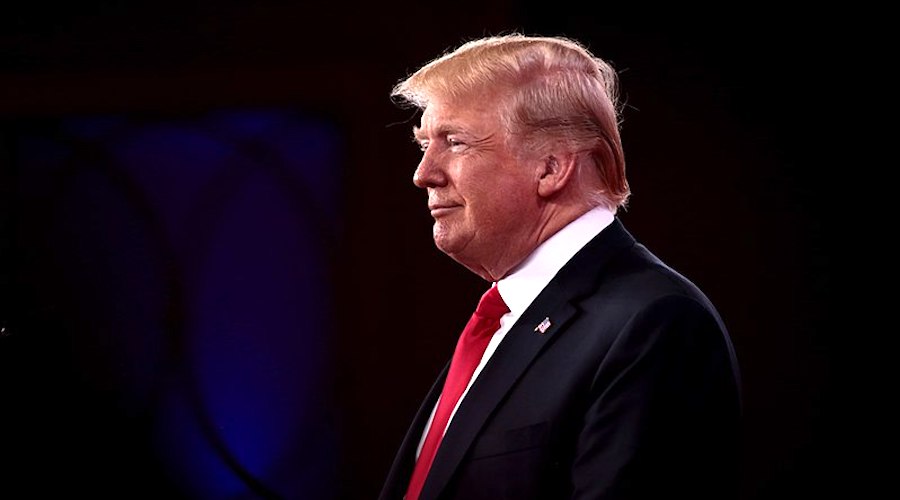Kapitany isn’t the first oil industry executive to highlight how the cool factor could play a big role in the spread of electric vehicles. BP Plc’s Chief Economist Spencer Dale said in 2016 that the technology could wipe out most of the projected growth in oil demand from cars in the next two decades if consumers embraced it enthusiastically — on a par with Apple Inc.’s iPhone.
Social desirability is important enough for consumers to ignore that battery-powered technology is currently more expensive than internal combustion engines, Kapitany said.
It may take until the middle of the next decade for the cost of electric vehicles, or EVs, and internal combustion engine technology to reach parity, according to Bloomberg NEF. Though EV sales have surged, they still make up only about 3 percent of all new cars sold globally but will rise to 55 percent by 2040.

Kapitany estimates 1.2 million to 1.5 million electric cars will be added this year to the 3.5 million on the road as of end-2017. Tax incentives offered to EV buyers in some countries, as well as regulatory moves to lower carbon emissions, add to their attraction, he said.
Brent crude’s recent surge to over $80 a barrel fueled expectations of an increase in demand for electric and hybrid cars to market. Prices have since dropped to about $60, bringing down gasoline with it and making cars that run on the fuel more economical.
Shell, Europe’s largest oil company by market value, is positioning itself to gain from the demand for EVs. Last year it bought Europe’s largest charging provider NewMotion and agreed with IONITY — a Munich-based venture between BMW Group, Daimler AG, Ford Motor Co. and Volkswagen AG — to expand the business.
Here are a some of Shell’s plans:
It wants to have 100 EV-charging stations in Europe with IONITY by the end of next year from the two sites they currently operate in Austria and France.
“We are going to be giving our customers the ability to fill up their cars in five minutes,” Kapitany said. Rapid-charging technologies will change the behavior of EV customers at fuel-retail forecourts, so they will need to improve their convenience-store offering.
“Currently, they spend an average 17 minutes at our service stations and buy double of what an internal-combustion car customer would buy,” he said, referring to purchases from convenience stores.
Forecourts of the future will likely have “more non-fuel services in the front — a convenience store, restaurant, battery-charging, battery-changing and car-sharing services.”“It’ll be far more a mobility service center than a petrol station,” Kapitany said.
(By Dina Khrennikova)






